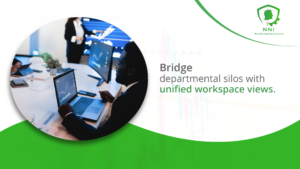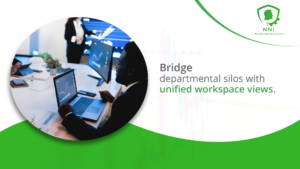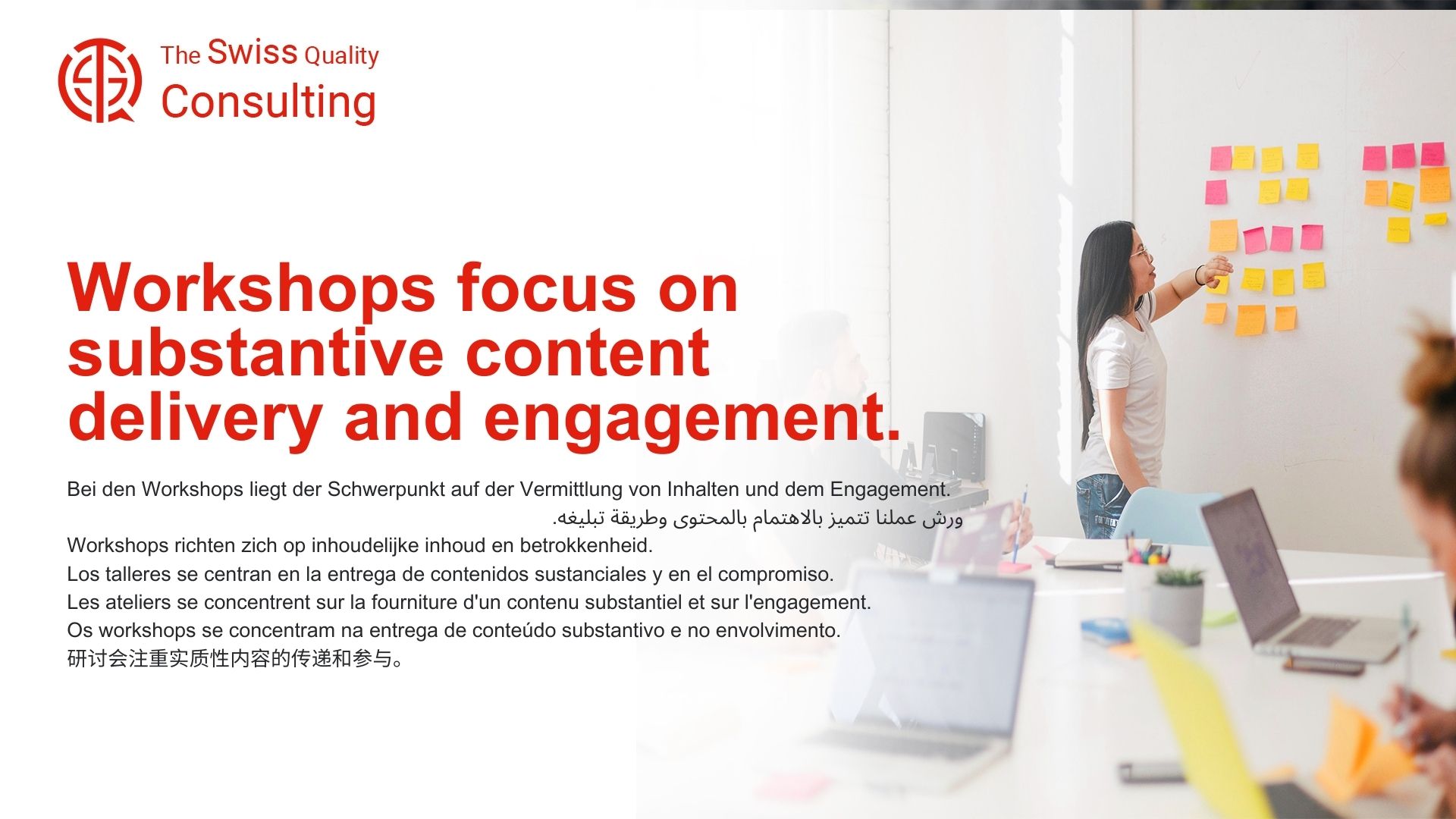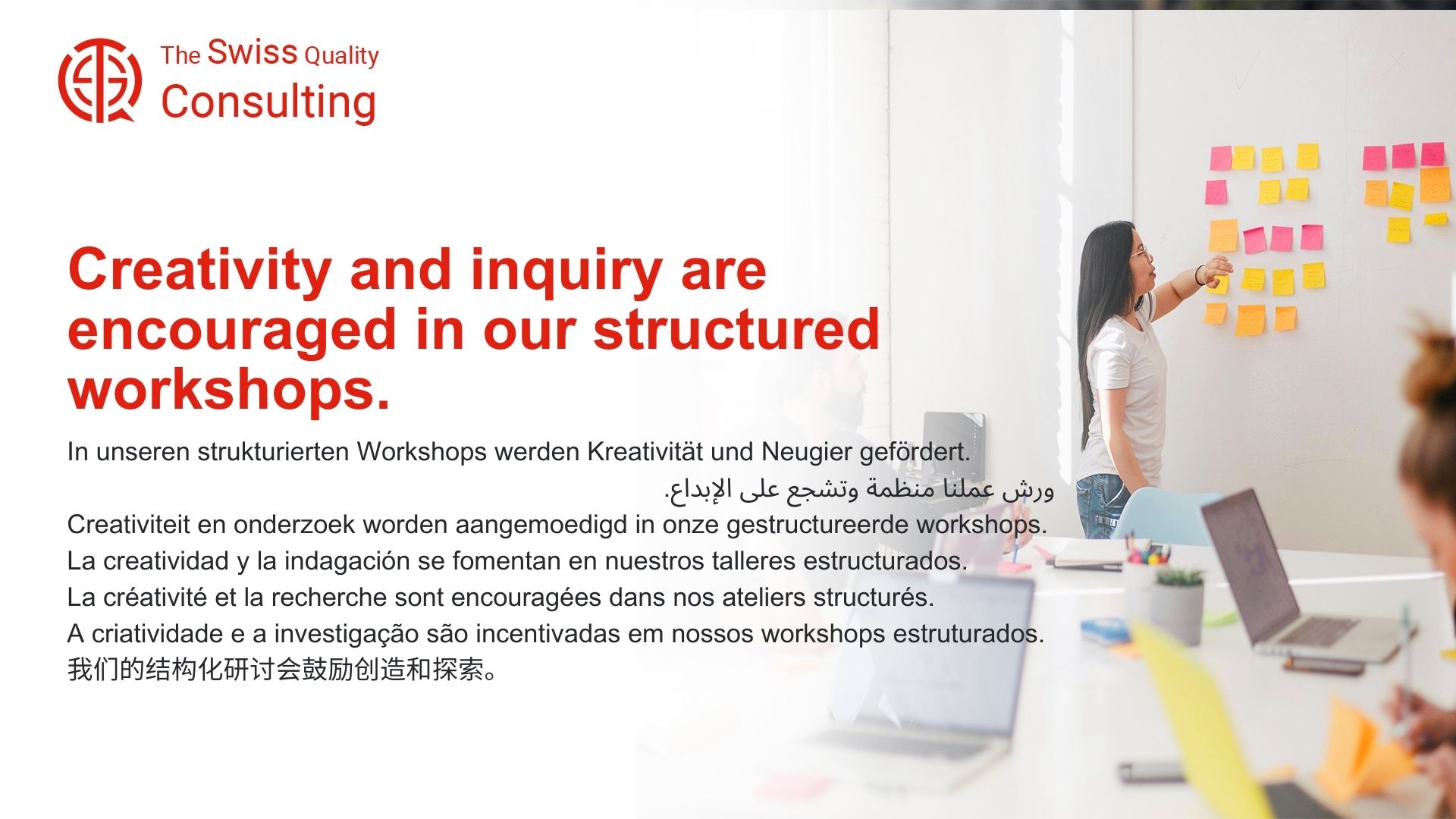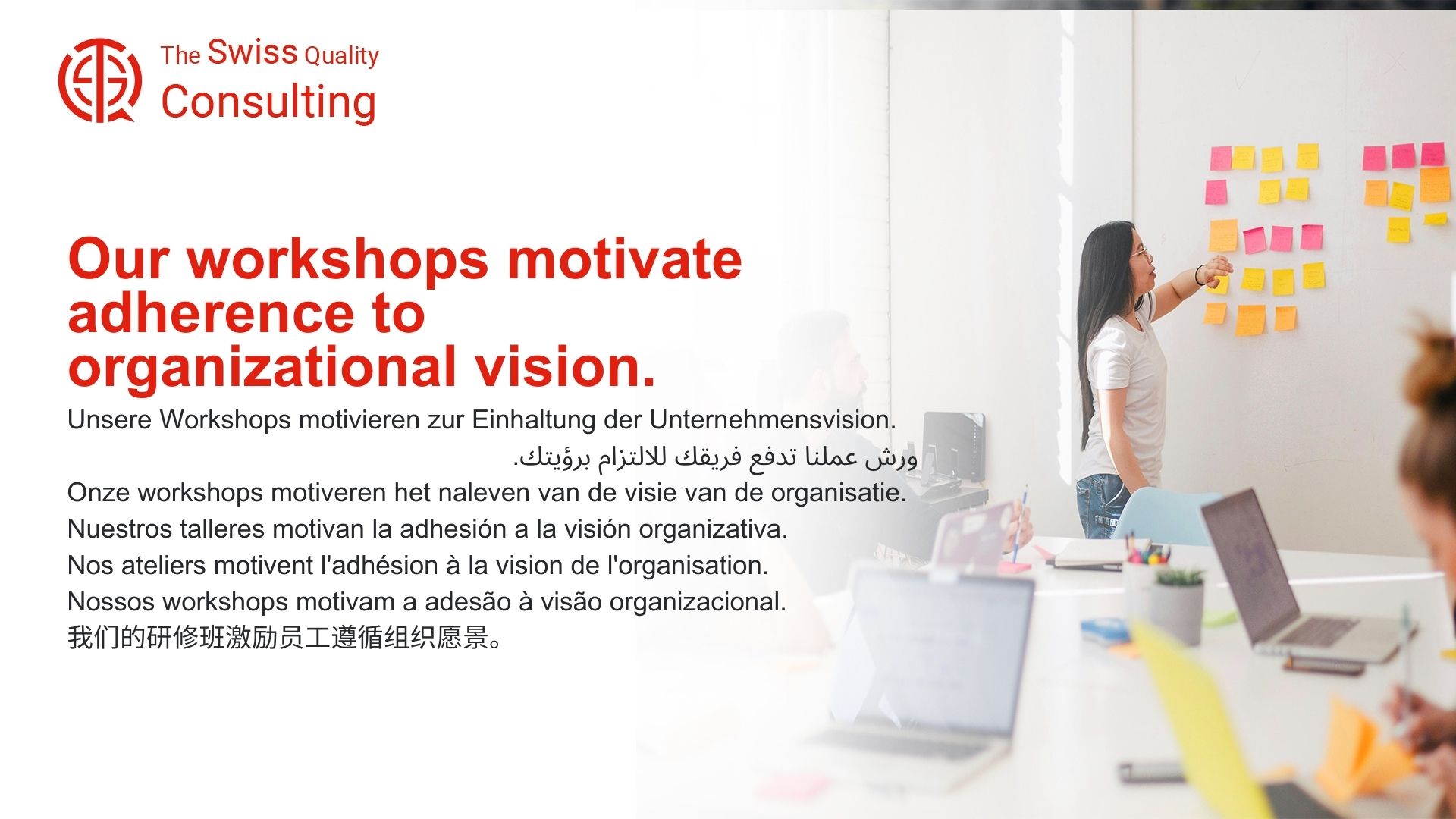Breaking Down Barriers for Enhanced Collaboration and Efficiency
In the modern business landscape, Bridge Departmental Silos with Unified Workspace Views has become a pivotal strategy for companies aiming to enhance efficiency and foster collaboration. This article explores how unified workspace views can revolutionize inter-departmental communication and contribute significantly to overall business success.
The Role of Change Management in Unifying Workspaces
Implementing unified workspace views transcends mere technical implementation; it necessitates a strategic and collaborative transformation, requiring a multifaceted approach to change management. This journey towards a more unified and efficient workspace is paved with three key elements:
1. Strategic Planning and Vision Building: Effective change management begins with comprehensive planning. This involves clearly defining the vision for the unified workspace, outlining the expected benefits and challenges, and developing a detailed roadmap for implementation. By engaging stakeholders early and often in the planning process, organizations can garner buy-in, address concerns proactively, and ensure that the transition is aligned with their overall strategic goals.
2. Executive Coaching and Leadership Engagement: Leaders serve as the catalysts for change. By actively championing the unified workspace vision, providing clear direction, and demonstrating commitment to the project, executives empower their teams and cultivate a sense of purpose throughout the transition. Additionally, leadership coaching can equip executives with the skills and resources necessary to navigate challenges, address resistance effectively, and inspire their teams to embrace the new way of working.
3. Comprehensive Communication and Collaboration: Open and transparent communication is the lifeblood of successful change management. Organizations need to clearly articulate the benefits and rationale behind the unified workspace, address concerns proactively, and provide ongoing updates to keep stakeholders informed. By fostering a culture of collaboration and open dialogue, organizations can encourage feedback, address anxieties, and empower employees to become active participants in the transformation process.
Beyond the Essentials:
In addition to these core elements, effective change management for unified workspace views requires:
1. Cultural Transformation: Embedding a unified workspace effectively necessitates a shift in organizational culture. This involves promoting collaboration, encouraging knowledge sharing, and breaking down departmental silos. By fostering a culture that values transparency and teamwork, organizations can ensure that the unified workspace is fully utilized and delivers its intended benefits.
2. Training and Skill Development: Equipping employees with the necessary skills and knowledge to navigate the new unified workspace is crucial. This involves providing comprehensive training programs, readily available resources, and ongoing support to help employees adapt to the new system and maximize its potential.
3. Continuous Learning and Improvement: Technology and user needs are constantly evolving. Effective change management recognizes the need for continuous learning and improvement. By regularly reviewing user feedback, analyzing data, and embracing new features, organizations can refine their approach, optimize the unified workspace, and ensure it remains user-friendly and effective.
4. Measuring Success and Celebrating Achievements: Tracking key performance indicators and measuring the impact of the unified workspace is essential. By demonstrating the positive outcomes, such as increased efficiency, improved communication, and enhanced collaboration, organizations can reinforce the value of the change and celebrate the achievements of their teams.
Building a Future-Proof Foundation:
By prioritizing effective change management, organizations lay the foundation for a future where collaboration thrives and productivity soars. This strategic approach not only enhances efficiency and communication but also fosters a culture of innovation and adaptability, enabling organizations to stay ahead of the curve in a rapidly changing technological landscape.
Embrace the power of effective change management and transform the introduction of unified workspace views into a journey of collaboration, empowerment, and shared success. By engaging stakeholders, fostering transparency, and investing in leadership and employee development, you can orchestrate a seamless transition that unlocks the full potential of a unified workspace and propels your organization towards a future of enhanced productivity and collaboration.
Executive Coaching for Adaptive Leadership
To successfully bridge departmental silos, leaders need to be adaptable and visionary. Executive coaching services are instrumental in equipping leaders with the skills to manage these transitions, fostering a culture of collaboration and openness.
Effective Communication: A Pillar of Integration
Transparent and effective communication is the backbone of integrating disparate departmental functions. It ensures that all members are aligned with the company’s vision and understand the benefits of a unified workspace.
Unified Workspaces: A Catalyst for Business Success
Businesses that successfully implement unified workspace views often experience enhanced collaboration, increased productivity, and greater innovation. This integration allows for a more cohesive approach to project management and decision-making.
Management Consulting for Seamless Integration
Management consulting plays a vital role in the successful integration of unified workspaces. Consultants provide insights into best practices, help identify potential roadblocks, and offer solutions to effectively bridge departmental silos.
Generative AI: Enhancing Workspace Unification
Generative Artificial Intelligence (AI) can significantly enhance the efficiency of unified workspaces. AI tools can analyze data from different departments, providing insights that help in better decision-making and resource allocation.
Conclusion Bridge Departmental Silos with Unified Workspace Views
Unifying workspace views to bridge departmental silos is essential for businesses seeking agility and success in today’s competitive environment. By leveraging effective change management, leadership, and technology, businesses can break down barriers and foster a more collaborative and efficient work environment.




